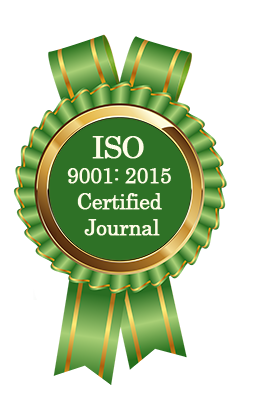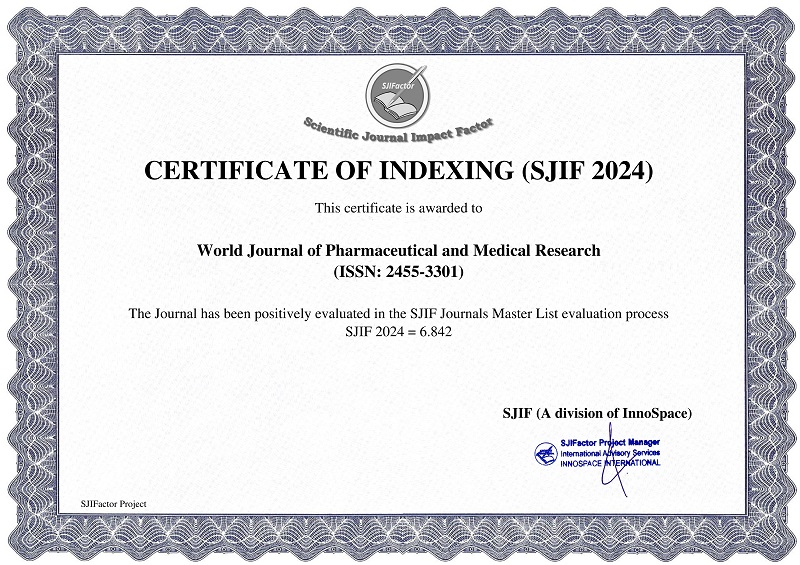A CASE STUDY ON THE EFFECTIVENESS OF AGNIKARMA IN THE MANAGEMENT OF KATISANDIGATA VATA (LUMBAR SPONDYLOSIS)
*Dr. Pratik Mane and Dr. R. C. Yakkundi
ABSTRACT
Lumbar Spondylosis, a degenerative disorder of the lumbar spine, is a common condition characterized by chronic lower back pain, which may radiate to the hips or lower limbs, often accompanied by stiffness and reduced mobility. Although primarily associated with aging, its incidence is increasingly seen in younger and middle-aged populations due to sedentary lifestyles, prolonged sitting, poor posture, excessive smoking, improper dietary habits, and genetic factors.[1] In Ayurvedic literature, Lumbar Spondylosis does not correspond directly to a single disease entity but shares clinical similarities with conditions like Kati Shoola, Trika Sandhigata Vata, and Trika Shoola. This review attempts to correlate Lumbar Spondylosis with Trika Sandhigata Vata, as described in classical Ayurvedic texts. The hallmark symptoms of Ruka (pain) and Stambha (stiffness) are well documented in these traditional sources. Conventional modern treatments—such as non-steroidal anti-inflammatory drugs (NSAIDs), muscle relaxants, corticosteroids, and surgical interventions—often provide only temporary symptomatic relief without addressing the root cause. In contrast, Ayurvedic management offers a holistic and individualized approach. Therapeutic modalities like Abhyanga (medicated oil massage), Ruksha Swedana (dry fomentation), Patra Pinda Swedana (leaf bundle fomentation), Kati Basti (localized oil retention), Mridu Shodhana (mild purgation), Basti Karma (medicated enemas), and Nasya (nasal therapy) are found to be effective in alleviating symptoms and improving the patient's overall quality of life. This integrative approach not only aims at symptom relief but also focuses on restoring functional ability and preventing recurrence.
[Full Text Article] [Download Certificate]



